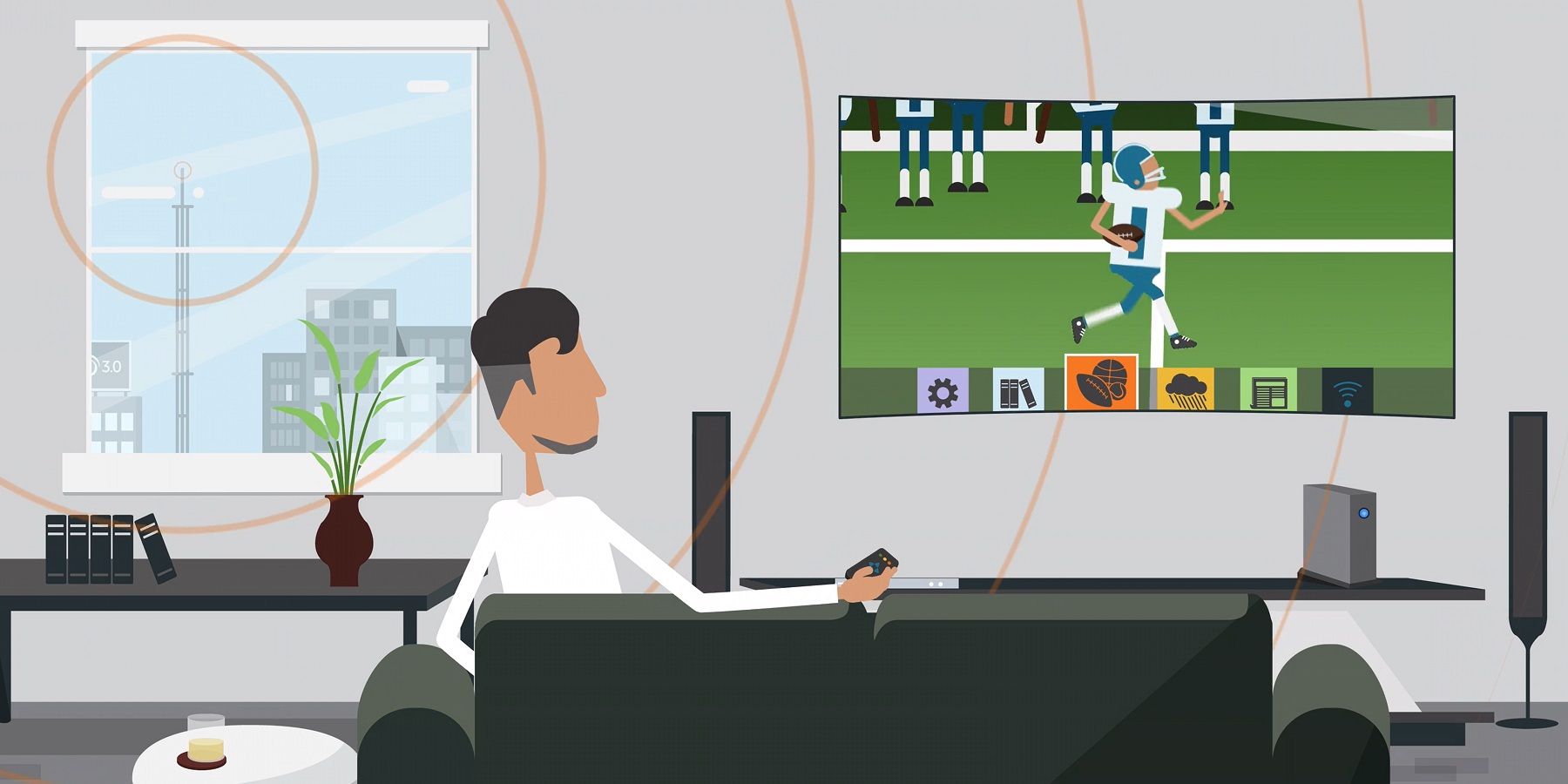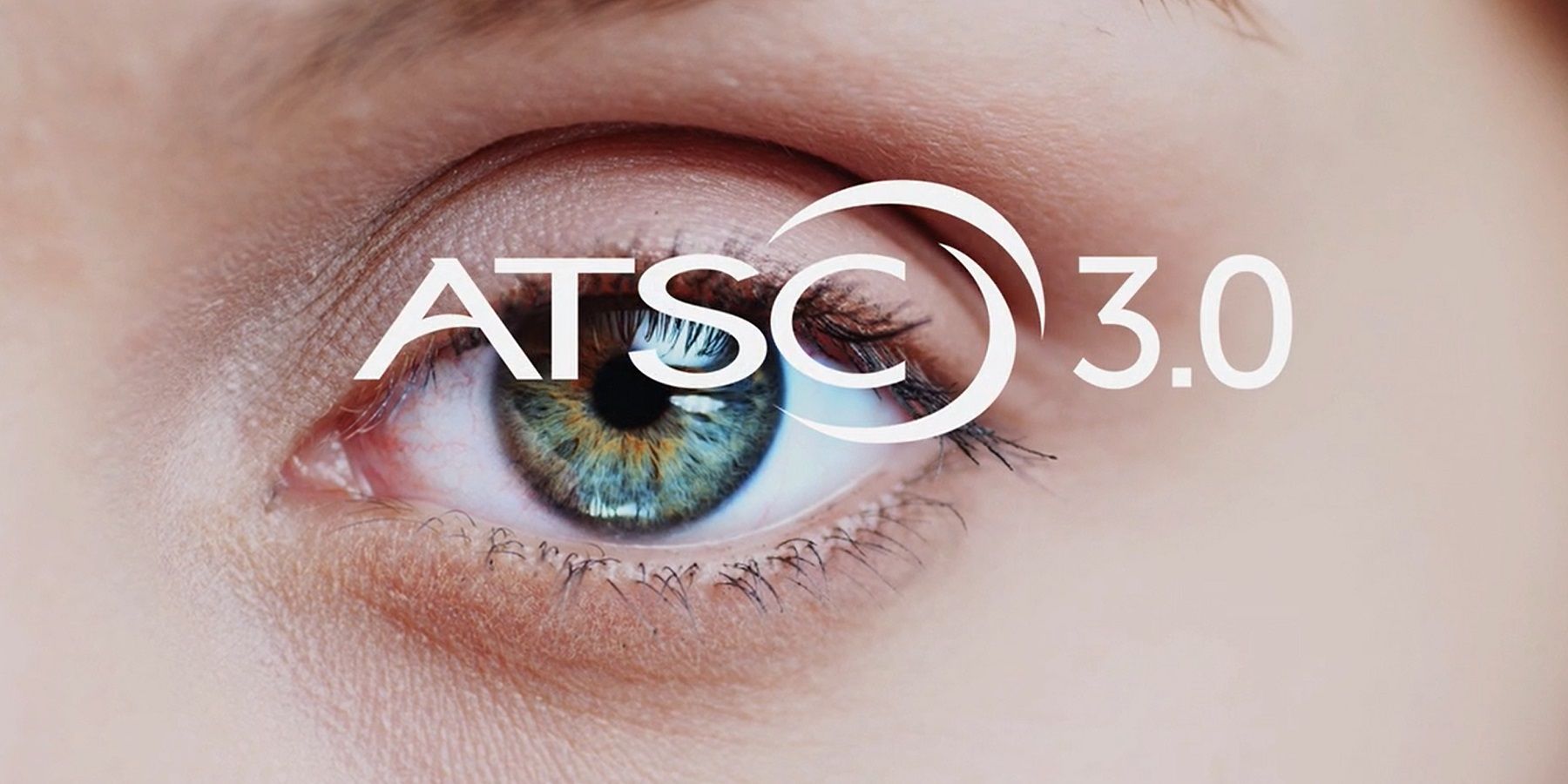ATSC 3.0 is something you may have heard more of lately and that’s because it’s set to massively change how broadcast TV operates, and at a fundamental level. With this being something that's set to affect so many consumers, it's worth becoming familiar with, and so here’s a quick overview of what ATSC 3.0 is, will do, and how it will upgrade your TV experience.
Terrestrial broadcast TV is often considered a dated concept and this is in spite of how many still rely on over-the-air systems for access to local TV channels. With the advent of streaming, broadcast channels might seem like they are designed for the scrapheap in the next few years, but that’s not technically true. What they are destined for is an upgrade, and that’s exactly where ATSC 3.0 comes in.
In terrestrial broadcast system terms, ATSC 3.0 is the next generation. So much so, that it is just as often, and more simply, referred to as “Next Gen TV.” The plan is to modernize how terrestrial TV is accessed, and in a way that doesn’t actually complete with streaming, but complements it. The Advanced Television Systems Committee has been working on creating and establishing the standards for ATSC 3.0 for a very long time, and with multiple partners, including broadcasters and TV manufacturers on board, that groundwork is starting to be more routinely felt by consumers. For example, devices are now starting to arrive with ATSC 3.0 support included and that's something which will only become more frequent throughout 2020 and beyond.
How ATSC 3.0 Will Upgrade The TV Experience
Put simply, ATSC 3.0 is purpose-built to combine over-the-air with over-the-top content, making it easier for consumers to access either when they want. The technology is specifically designed to remove many of the downsides associated with the current version of broadcast television. While you’ll still need to buy or have an antenna for ATSC 3.0 - after all, it’s still broadcast TV - the difference is the level of support that’s on offer will mean a more efficient system overall, as well as higher audio and video quality in general, including support for 4K transmissions.
The latter of which is arguably one of the most important ATSC 3.0 upgrades in the near-term as current broadcast television has been severely limited in this respect. In fact, it’s not only a broadcast issue, with access to 4K channels proving a stumbling block for cable or satellite services too. When it comes to over-the-air TV in the future, ATSC 3.0 will make the 4K difference, and the even wider goal is to incorporate many of the related 4K features as well, such as HDR.
It’s not just the resolution, but pretty much any and all areas that typically add and enrich the viewing experience that will be improved. Whether its frame-rate, compression, bandwidth, or reception in general, ATSC 3.0 will play a role to some degree. Similarly, it will also be a way to add even more advanced and/or interactive features to the equation, including elements like on-demand video and access via mobile phones - both inside and outside the home. In short, ATSC 3.0 is actually next-gen television and will improve the way cord cutters and paid-for TV subscribers alike access over-the-air broadcast TV.
Source: ATSC


